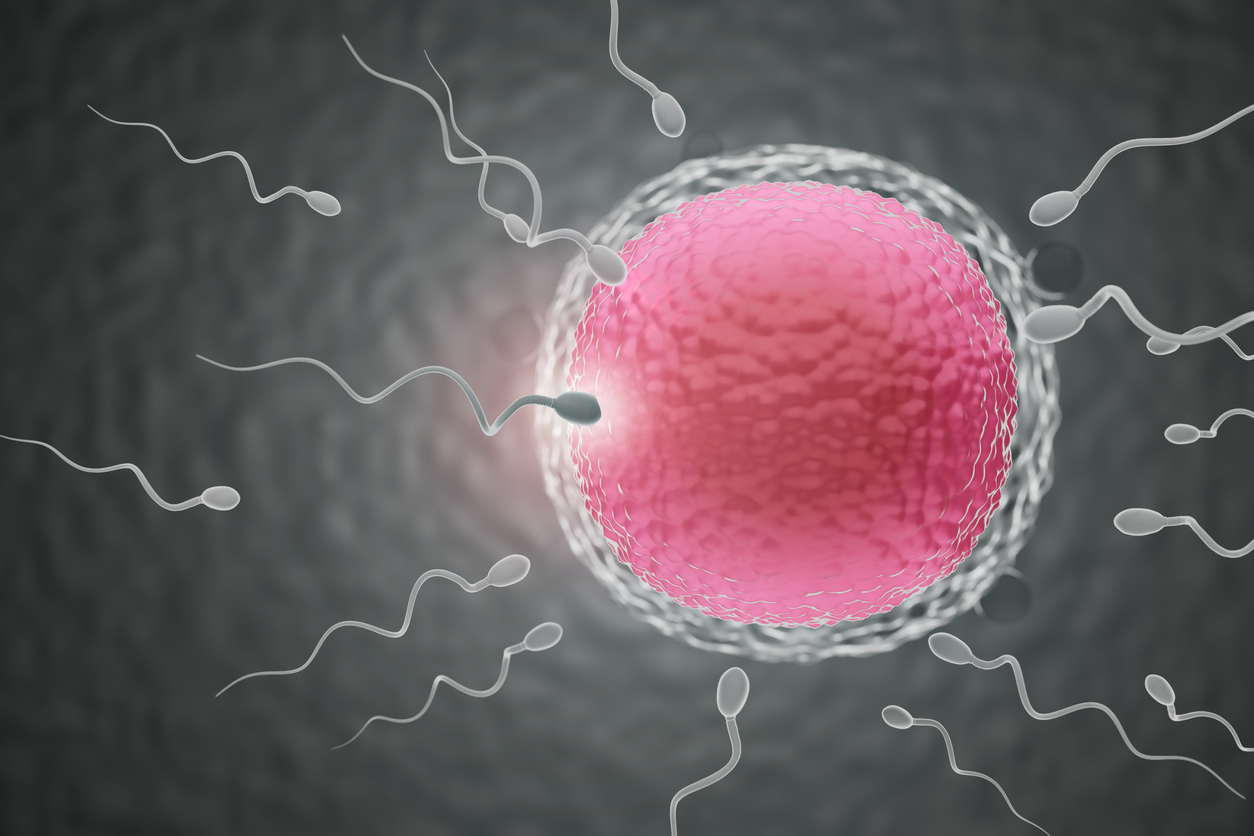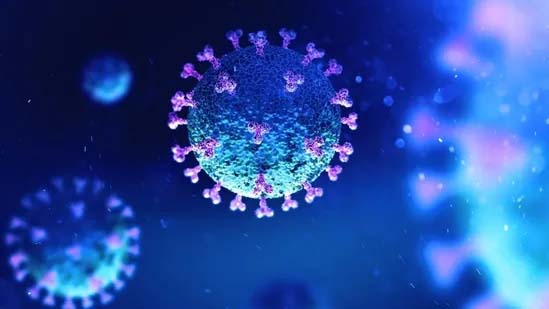NEW DELHI: Robust scientific evidence has emerged over the past 15 years demonstrating that preconception and prenatal exposure to toxic environmental toxins can have a profound and lasting effect on reproductive health across the life course and an analysis of National health and Nutrition Examination Survey data from 2003 2004 found that every women is exposed to 43 different chemicals. Chemicals in pregnant women can cross the placenta and in some cases can accumulate in the foetus resulting in higher foetal exposure than maternal exposure. In an interview with HT Lifestyle, Dr Shruti N Mane, Consultant Fertility and IVF expert at Motherhood Fertility and IVF in Navi Mumbai s Kharghar, explained, A group of chemicals known as endocrine disrupting chemicals EDCs has been shown to interfere with the role of certain hormones, homeostasis and developmental processes. These represent a heterogeneous group of agents used in pesticides, plastics, industrial chemicals and fuels. One study shows that the endocrine disrupting chemical bisphenol A works in a fashion that is comparable to diethylstilboestrol at the cell and developmental level and research has clearly shown that many industrial chemicals can affect thyroid function. Dr Shruti N Mane elaborated, Exposure to environmental chemicals is linked to various adverse health consequences, and patient exposure at any point in time can lead to harmful reproductive health outcomes.
Adult male exposure to pesticides has been associated with altered semen quality, sterility, and prostate cancer. Highlighting that exposure to some pesticides can interfere with all developmental stages of reproductive function in adult females, including puberty, menstruation and ovulation, fertility and fecundity, she said, Most environmental chemicals have entered the marketplace without comprehensive and standardized information regarding their reproductive or other long term toxic effects. What are Microplastics Dr Shruti N Mane answered, Microplastics are pollutants that are present in terrestrial and aquatic ecosystems at virtually every level of the food chain. Moreover, airborne microplastic particles have shown to reach and potentially damage respiratory systems. Microplastics have been shown to cause increased oxidative stress, inflammation, altered metabolism leading to cellular damage, which ultimately affects tissue and organismal homeostasis in numerous human cells. Plastics long polymer chains are widely used due to their versatility and durability, which has led to the accumulation of substantial plastic waste in the environment MacLeod et al., 2021 . Macroplastics 1 cm and larger present ecological problems due to entrapment and entanglement, digestive tract congestion, and physical barriers for food supply.
She added, Plastic polymers could be also transformed in size macro , micro , and Nano plastics and in shape spheres, fibres, and fragments upon exposure to UV light, heat, or waves in the aquatic environment, or by biological degradation,it forms microplastics. These non degradable materials tend to contaminate one s food and water. When one consumes products carrying microplastics, they sit in our tissue and can impact the function of the body. These processes lead to environmental weathering of MPs NPs, which, similarly to aging of plastic particles , enhances the leaching of chemicals from these pollutants. Endocrine disrupting chemicals EDCs used as additives to create these plastics, such as the estrogenic and anti estrogenic phthalates, polychlorinated biphenyls, and bisphenol A, also interfere with the biology of animals and humans. Microplastics and its effects on reproductive health: It is no secret that fertility is the ability to produce offspring and is critically dependent on gonad tissue integrity, as well as egg and sperm quality but chemicals take a toll on one s fertility. Dr Shruti N Mane revealed, Microplastics can induce infertility.
Here, we decode the relationship between microplastics and infertility. Did you know Microplastics are commonly found in fruits and vegetables, with apples having the highest concentration. Microplastic particles, which are less than 5 mm in diameter, respectively, have been found in sewage, soil, oceans, seafood, drinking water and even table salts. Talking about the effects, she said, Oxidative stress induced tissue damage and consequent apoptosis, poor gamete quality, developmental abnormalities, neurotoxicity, metabolic disorders or epigenetic changes are some of the direct and in utero exposure effects of microplastics. Chemicals like phthalates, bisphenols poly and per fluorinated alkyl substances, among others, are commonly used for the production of daily use goods and are therefore frequently released into the environment as waste. For example, bisphenol A BPA , a plasticiser used for the synthesis of phenol resins, polyacrylates, polyesters, epoxy resins, and polycarbonate plastics, is used for the production of drink and food packaging, and in case of high temperature exposure or pH variation e.g., washing in washing machines, food heating into the microwave, contact with acid foods leaches into wastewater, contaminates foods and beverages, thus representing both ecotoxicological and health risks.
As for male infertility, Dr Shruti N Mane said, You will be shocked to know that increasing toxic chemical consumption including the toxic chemicals used in plastics, has been associated with alarming levels of reduced sperm counts. Male fertility gets impacted owing to low sperm counts having dropped almost dramatically.





















